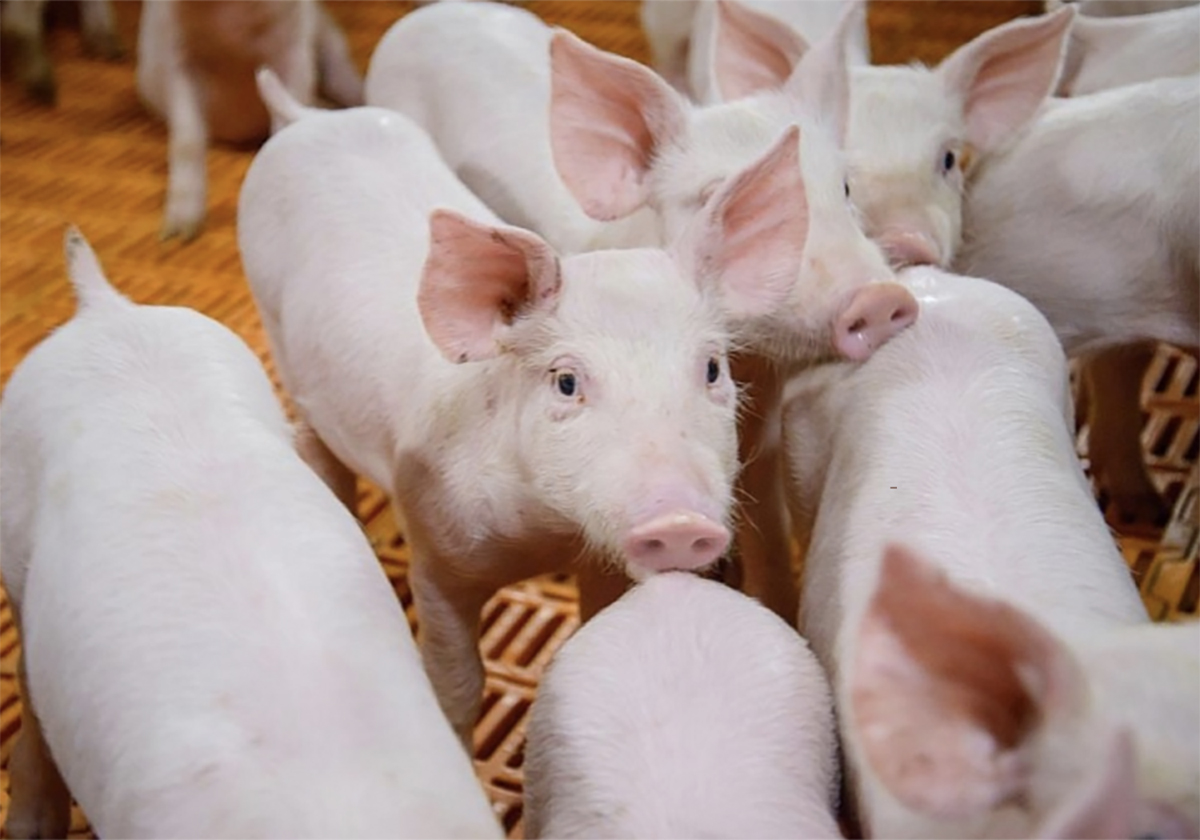The farrier business is an unregulated industry that leaves horse owners with little way of knowing if the farrier they hired to shoe their horses is competent.
“Probably 70 percent of horse owners don’t know the difference between a good and bad farrier,” Edmonton farrier Jason Wrubleski said during a panel discussion on farrier standards following the Canadian National Farrier championship in Calgary April 4.
Wrubleski, who is vice-president of the Western Canadian Farriers’ Association, said the group has a steering committee to educate horse owners who need a farrier.
Read Also

The Western Producer Livestock Report – August 28, 2025
Western Producer Livestock Report for August 28, 2025. See U.S. & Canadian hog prices, Canadian bison & lamb market data and sales insights.
Schools in North America provide students with basic instruction and allow them to work under experienced farriers, but unlike Europe, there are no government regulations that dictate levels of professionalism and competency.
As well, no professional standards exist that dictate skills and monitor the industry.
Calgary lawyer and horse owner Jim Butlin said the occupation requires skill and horse knowledge similar to what veterinary technicians require, which means farriers should require recognized accreditation with proper apprenticeships and licensing.
However, Les Burwash, head of Alberta Agriculture’s horse industry branch, said governments won’t legislate such a regulatory body unless farriers ask for it. As well, he said professional organizations could offer continuing education credits to keep farriers up to date and improve their skills.
“Don’t look to the government to set standards. The public will tell you if you are on side in terms of animal welfare.”
Alabama farrier Michael Miller said no regulations exist in the United States and most farriers do not belong to an association.
“It is a free for all,” he said.
“They just get in the truck and shoe horses.”
The American Farriers Association has good qualification examinations, but 95 percent of farriers choose to ignore them.
“We need some kind of self regulation that applies to most farriers,” he said.
Miller said there is no protection for consumers or farriers, and he believes a certification system is needed similar to what exists in the United Kingdom.
“The main standard of shoeing in the U.K. is higher than elsewhere,” he said.
However, apprenticeship spots are difficult to obtain and in some cases the regulations have not been updated to reflect new practices.
A skilled farrier should be trained at shoeing a horse but also demonstrate knowledge of foot problems, health, business skills, metallurgy and art, Miller said.
While the panel agreed standards are needed, if such regulations were written there would have to be a grandfather clause for long-time farriers with adequate skills who do not want to pass exams at this point in their careers.
“A certified journeyman farrier would be the last point and anyone below that would not be allowed to provide foot care,” Wrubleski said.
Some may decide to give up the trade at a time when there are not enough farriers for Alberta’s 310,000 horses.
Burwash said a large percentage of horses never see a farrier.
Nothing will happen any time soon, he added.

















